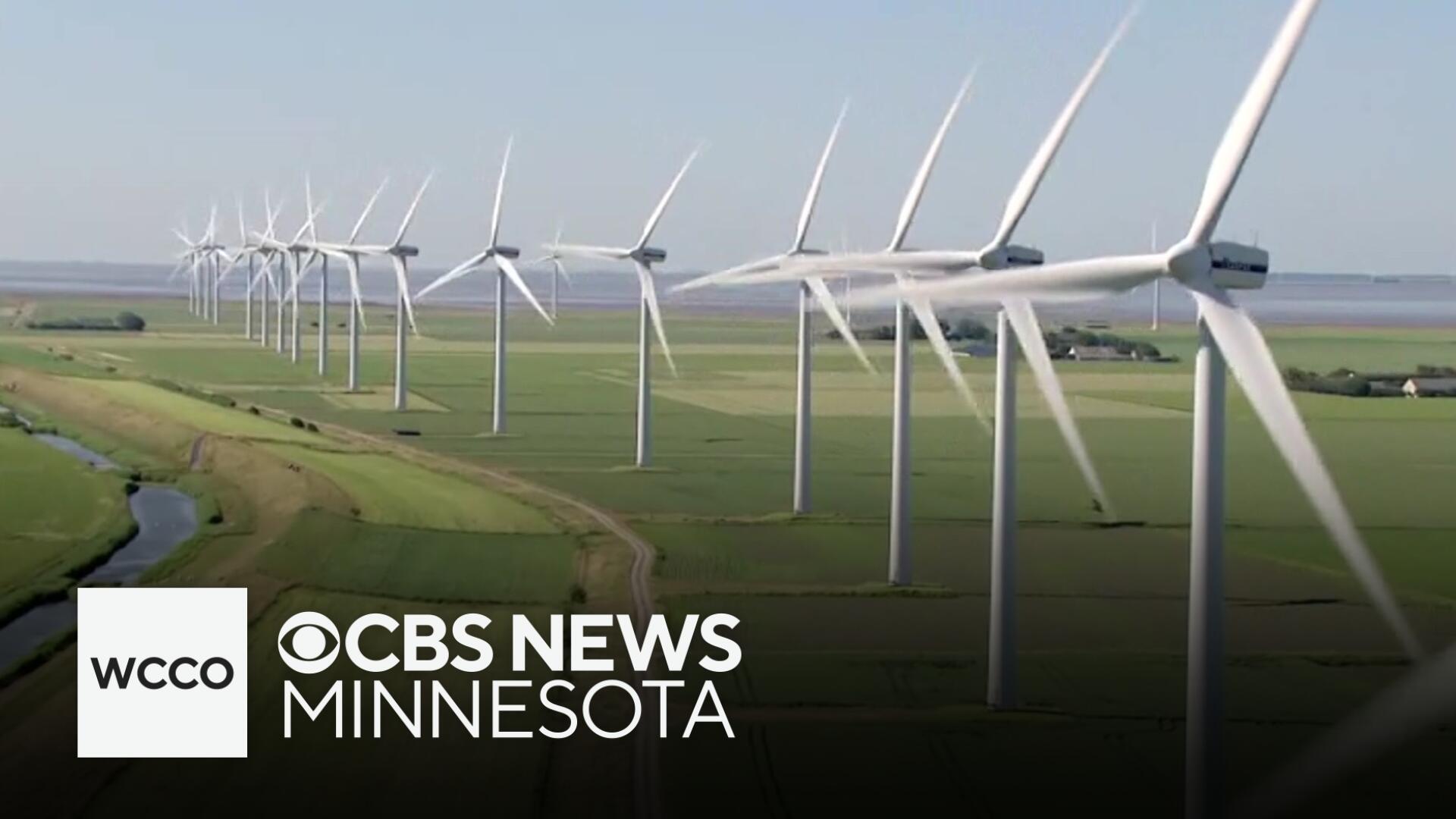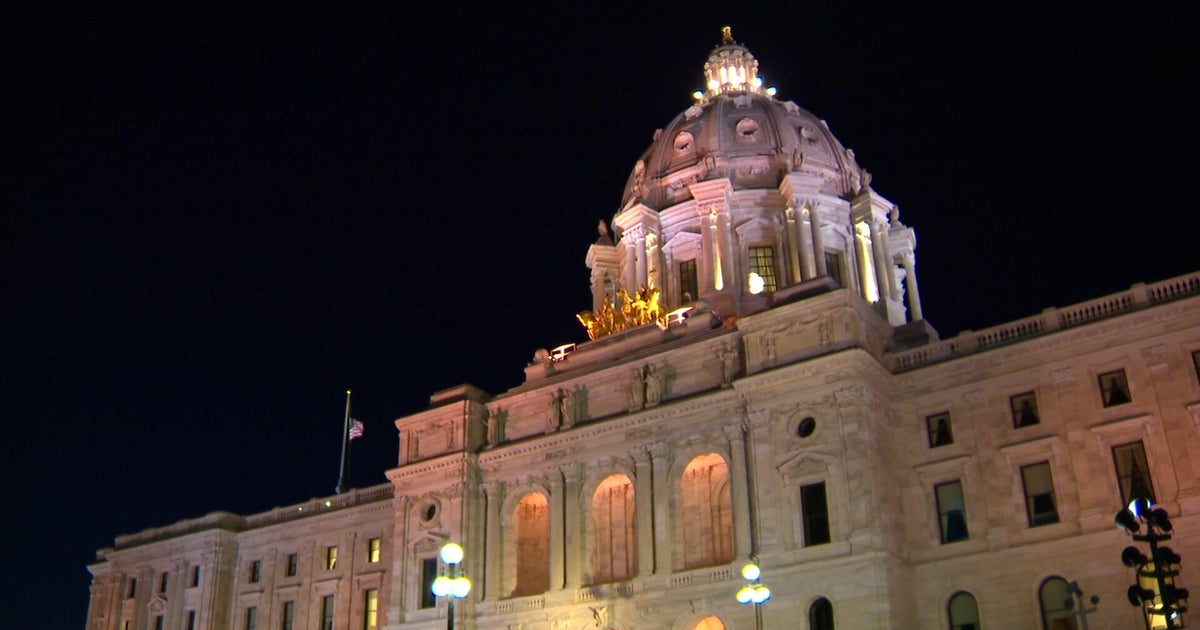Minnesota electricity costs could spike under "big, beautiful bill," analysis estimates
The massive tax and spending package that is on its way to President Trump's desk for signature could mean higher electricity bills in Minnesota, according to one analysis looking at the impacts of the proposal.
The so-called "big, beautiful bill" ends tax credits for wind and solar production and other clean energy-related incentives that were part of the 2022 Inflation Reduction Act, including those that help offset the costs of residential solar installation and other energy efficiency programs.
Those changes could increase Minnesotans' home electricity costs by 28% and industrial electricity costs by 46%, according to an analysis by think tank Energy Innovation. It will cost ratepayers $2.7 billion by 2034, the report said.
Annie Levenson-Falk, executive director of the Citizens Utility Board, is sounding the alarm about those estimates, which she said come at a time when Minnesotans are already struggling to afford the high cost of energy.
As of the end of March, Minnesota households owed a combined total of about $150 million in past due utility bills, she said.
"It's inflation throughout the family budget, and all of that is mounting pressure. It's not just energy in a vacuum, but just within energy, a lot of people are also facing the potential for rate hikes," Levenson-Falk said. "Xcel Energy is in for a rate increase right now. That's before state regulators, where they're asking for a 13% increase in rates as of next year. We need to be doing everything we can right now to bring energy costs down, and this bill is a big step in the opposite direction."
The package provides a boost for the fossil fuel industry, . Supporters of the measure that the change will make the U.S. more energy independent.
"This is a once-in-a-generation piece of legislation that secures our border, unleashes American energy, allows families to keep more of their hard-earned taxpayer dollars in their pockets, cuts waste fraud and abuse in government programs ... all while implementing the largest cut in mandatory spending in our history," said Republican U.S. Rep. Tom Emmer, the majority whip who represents Minnesota's Sixth District.
Logan O'Grady, executive director of the Minnesota Solar Energy Industries Association, said the rollbacks of clean energy tax credits are a big hit to his industry that's still relatively new to Minnesota.
"If you look at any load projections for demand on our energy grid, they're skyrocketing with data centers and the emergence of AI," O'Grady said. "So at a time when we're having more energy demand on the grid, we just got rid of a bunch of options to quickly deploy the energy production to meet that. It doesn't make any sense."
Many of those credits were initially available until 2032. The final tax package will shorten the timeline and limit them to projects that begin construction in 2026 before they're phased out, which O'Grady called an improvement over an earlier version.
The Senate also stripped out a provision that would have levied an excise tax on wind and solar energy projects that use a certain amount of material sourced from other countries, like China.
"These [tax credits] are coming to an end much sooner than our industry was anticipating," O'Grady said. "So it's kind of pulling the rug out from those business owners and investors that were planning for a much longer pathway on this endeavor."





